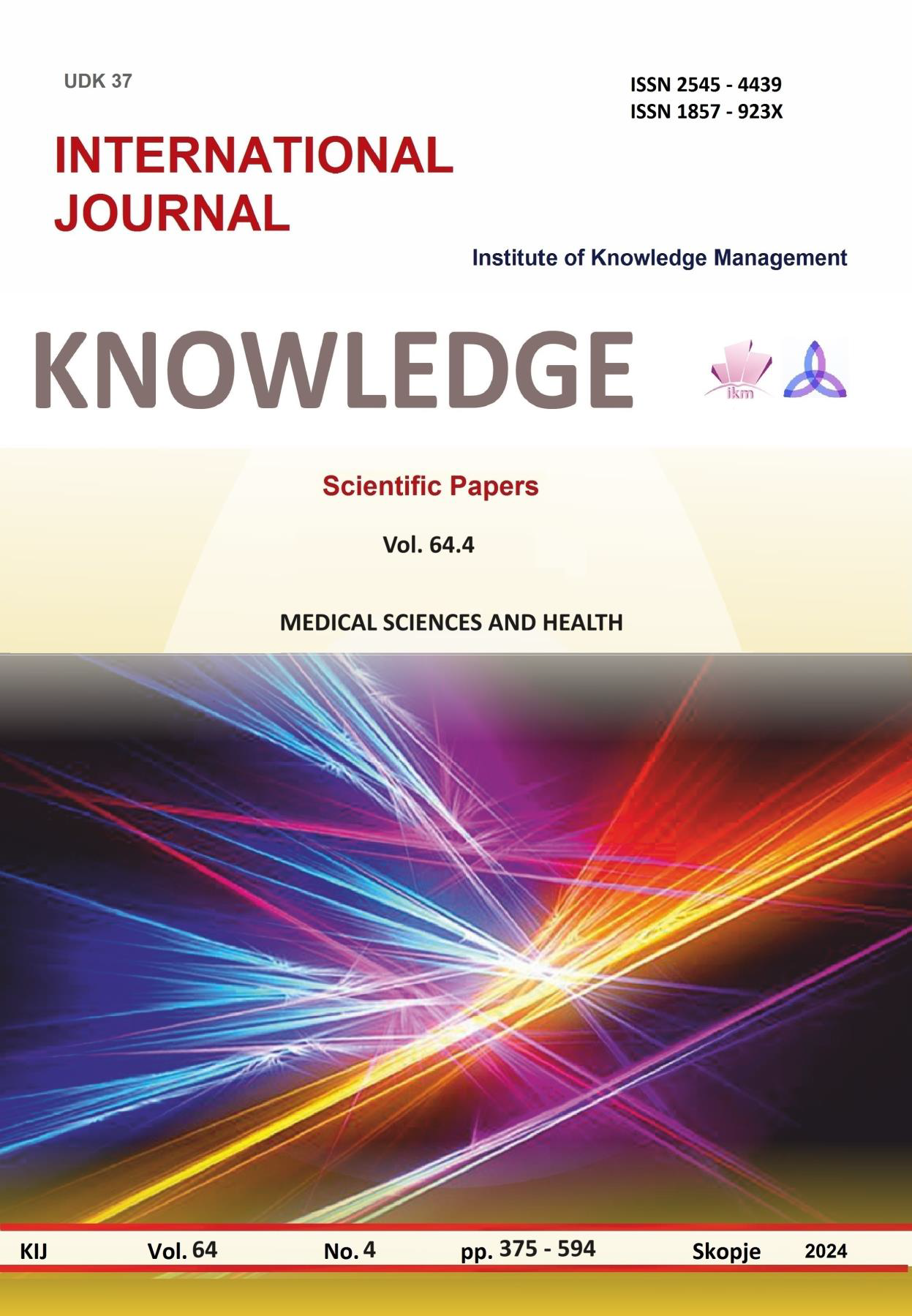COMPARATIVE ANALYSIS OF THE REPRESENTATION OF XEROSTOMIA AND UREMIC FETOR IN PATIENTS WITH CHRONIC KIDNEY DISEASE AND DIABETES MELLITUS AND BETOR PATIENTS WITH CHRONIC MELLITUS
COMPARATIVE ANALYSIS OF THE REPRESENTATION OF XEROSTOMIA AND UREMIC FETOR IN PATIENTS WITH CHRONIC KIDNEY DISEASE AND DIABETES MELLITUS AND BETOR PATIENTS WITH CHRONIC MELLITUS
Author(s): Emilija RambabovaSubject(s): Health and medicine and law
Published by: Scientific Institute of Management and Knowledge
Keywords: diabetes;xerostomia;uremic fetor;kidney disease
Summary/Abstract: CKD represents a clinical syndrome of progressive and irreversible damage to the kidney tissue with the inability to perform the excretory, endocrine and metabolic function of the kidneys. In developed countries, the most common cause of CKD is diabetes mellitus, hypertension and glomerular diseases, while in underdeveloped countries bacterial, parasitic diseases, calculosis and tuberculosis dominate. The treatment of this category of patients is quite different and depends on the type and degree of renal function damage. The most common modality is still hemodialysis. Other treatment modalities are peritoneal dialysis and kidney transplantation. Patients with CKD are often diagnosed with halitosis or uremic fetor, which is present in about one-third of patients undergoing hemodialysis. Xerostomia is a condition of dry mouth, which is present in many patients with chronic renal failure. This condition negatively affects the quality of life of patients. In patients with end-stage renal disease and diabetes mellitus, the presence of signs, symptoms, and oral lesions is significantly higher than in those without diabetes mellitus. Purpose: The purpose of this research is to determine whether patients with diabetes mellitus as the leading cause of CKD development, and the cause of greater systemic inflammation, have more pronounced symptoms of xerostomia and uremic fetor than the group without diabetes mellitus. Methods: The studied sample included a total of 75 adult patients with CKD stage 5, on a regular hemodialysis program for more than 6 months. All patients were divided into two groups: patients with diabetes mellitus and patients without diabetes mellitus as a primary disease that led to the development of end-stage renal disease. All subjects underwent a dental clinical examination with a previous history. Results: From the obtained results we can conclude that xerostomia was more often registered in the patients of the group with diabetes mellitus with a statistically significant difference in the distribution between the groups with and without diabetes mellitus.Most patients from both groups had uremic fetor, but without a statistically significant difference between the groups with and without diabetes mellitus. Conclusions: That is, diabetes as the main disease that contributed to the development of CKD is also the reason for the more frequent occurrence of xerostomia in these patients.
Journal: Knowledge - International Journal
- Issue Year: 64/2024
- Issue No: 4
- Page Range: 405-408
- Page Count: 4
- Language: English

